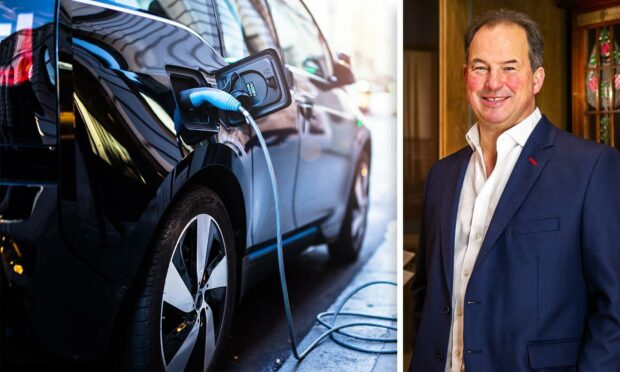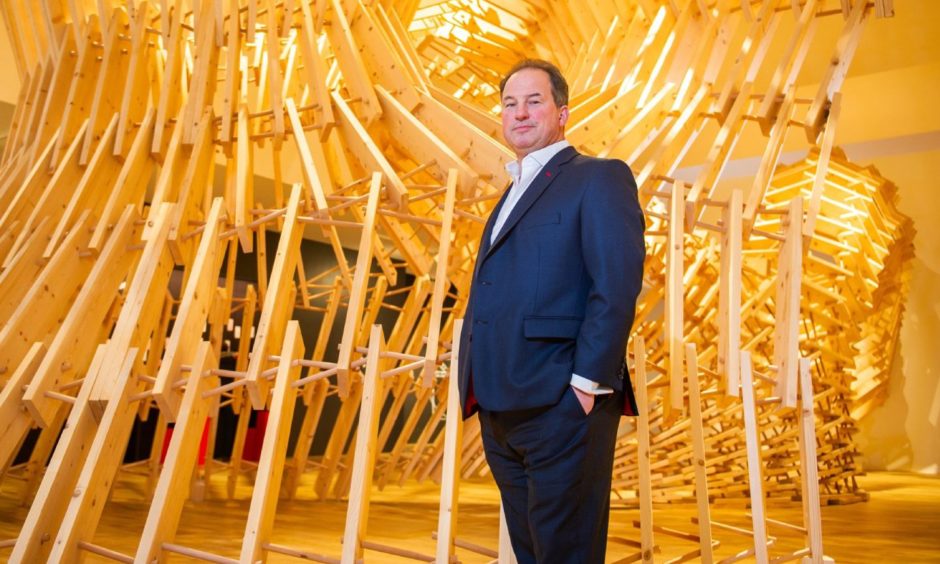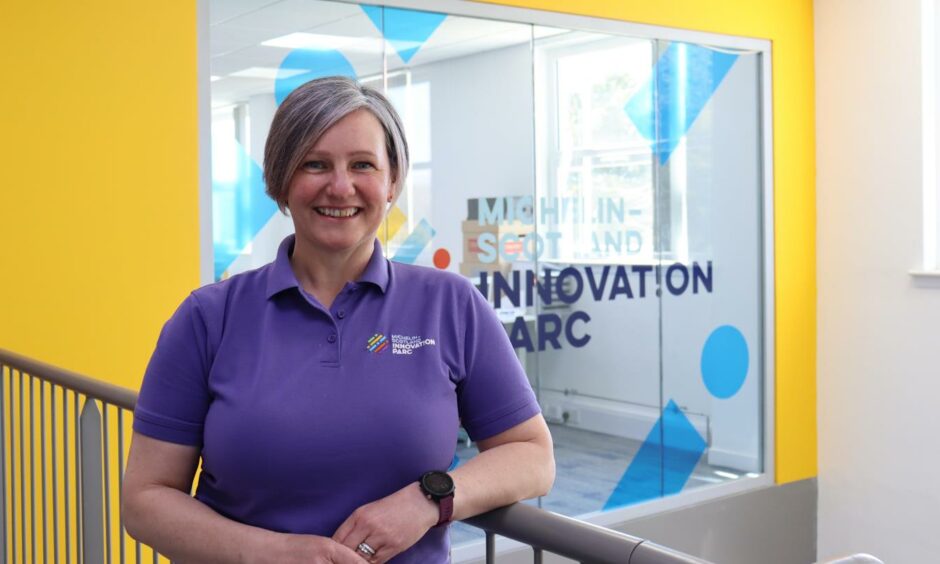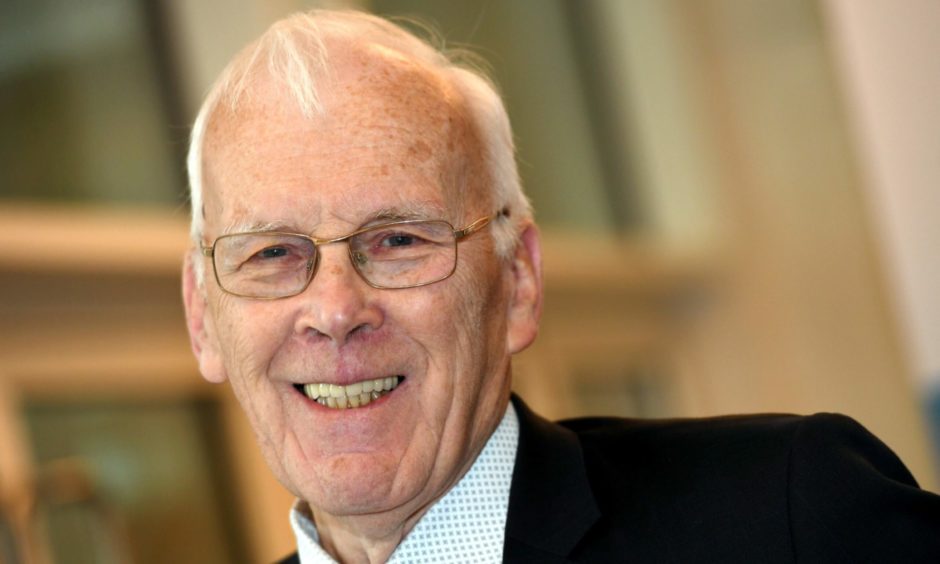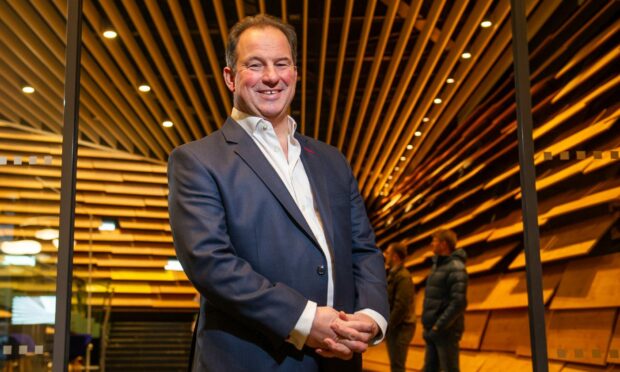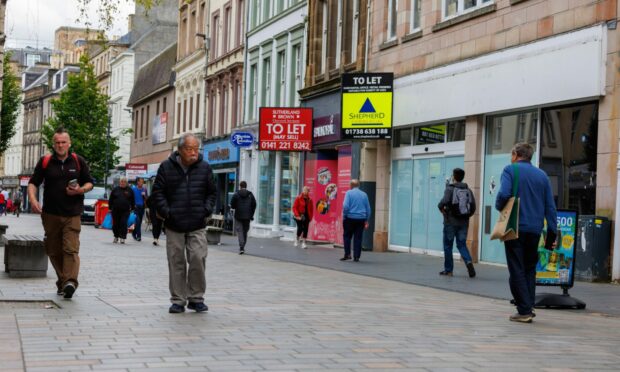The UK Government’s 2030 ban on petrol cars may have to be scrapped because of lack of infrastructure, an industry leader has warned.
“I don’t believe that 2030 target is achievable,” said Tim Allan, founding director of Motor Fuel Group (MFG) – the UK’s largest forecourt owner and retailer.
“I don’t think it’s achievable and I don’t think the ban will be able to be implemented.
“Some kind of policy shift will have to take place before then.”
Mr Allan was a panellist during a session on energy transition held as part of the third Courier Business Conference.
The event was held in association with Henderson Loggie and Energy Voice and supported by Dundee and Angus College and University of Dundee.
Power generation faces ‘fundamental, massive problems’
Mr Allan warned that uptake of electric vehicles (EV) is likely to stall if charging infrastructure remains inadequate.
“While the desire is to move to electrification, there are fundamental, massive problems about the generation and distribution of power to rural parts of Scotland.”
That is despite Transport Scotland announcing £60 million for local authorities to improve charging infrastructure.
This is in addition to £50m the national transport agency has already invested in the ChargePlace Scotland network.
“Let’s be under no illusion, we are looking at a very moving landscape, a very uneven landscape for electric vehicle charging,” said Mr Allan.
However, he added: “In that space lies opportunity.”
The MFG boss, who is also chair of V&A Dundee, highlighted ultrafast charging technology which can deliver more than 100 miles of charge in just 10 minutes.
“Outside the V&A is a 7kW charger, installed by the government.
“That will half charge a Nissan Leaf in eight hours. A car parking slot is only four hours duration.
“It’s tokenism.”
When asked to respond, a Transport Scotland spokesperson said its investment in EV charging infrastructure “means that all parts of Scotland, from Shetland to Stranraer, can benefit from the switch to electric vehicles.”
Despite challenges, Dundee is punching above its weight
During the session, Dr David Beeton from Urban Foresight described Dundee’s achievements in electric vehicle infrastructure as “globally significant”.
“Notable claims include the UK’s first EV charging hubs, one of the most comprehensive urban charging networks in Europe.
“Dundee City Council has invested in the largest public sector fleet of EVs. The city has one of the highest numbers of electric taxis in the UK.”
Sarah Petrie from the city’s Michelin Scotland Innovation Parc said it was a “hugely exciting time” to be involved in the transition to net zero.
“There are so many challenges. But that just provides so many different opportunities for companies to pick up the gauntlet and run with it.
“I think if we can all pick up that gauntlet and work collaboratively together, whether that’s in skills, technology, development, investment, growing businesses – whatever that might be – we’ll get there in the end.”
Supply chain challenges for offshore wind
The conference started with a session on energy transition and a keynote speech from oil and gas legend Sir Ian Wood.
He said the position of ports in the north east is ideal to benefit from offshore wind developments.
But he said there was a “crucial need” to develop the Scottish supply chain to support the projects.
“We simply don’t have the supply chain capacity right now,” he said.
“The real risk is Scotland losing out on the massive supply chain benefits and that going to overseas companies.
“We must have a significant degree of collaboration between our ports, operators and supply chain companies.
“The key challenge is for the ports to complement each other to maximise the economic benefit for Scotland.”
David Webster (Forth Ports), Natalie Coupar (OEUK), Maggie McGinlay (Energy Transition Zone), Peter Cameron (University of Dundee) and Chris Diggle (Oil and Gas Authority) were panellists on the energy transition session.
Mr Webster said there would be 10 gigawatts of offshore wind deployment between now and 2030. This is 10 times more than what has come before.
He said supply chain companies require a steady pipeline of activity.
“We need to figure out how we deliver these wind farms in an efficient manner that removes bottlenecks and brings consistent work to our communities,” he said.
Challenges but also opportunities
Other speakers at the event were Deirdre Michie chief executive of OEUK and Transport Minister Jenny Gilruth.
David Smith, managing partner of title sponsors Henderson Loggie, said: “We were delighted to support such a thought provoking and forward looking conference, as we all look to shape the future.
“It was inspiring to have some of the most prominent industry and thought leaders from the energy and innovation sectors help guide our thinking and strategy as the energy transition builds further momentum.”
The Courier editor David Clegg said: “The conference showed there will be major challenges ahead.
“But there are also plenty of opportunities for businesses in our area on the road to net zero.”
